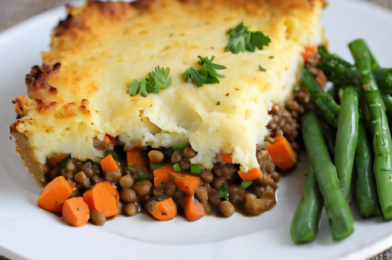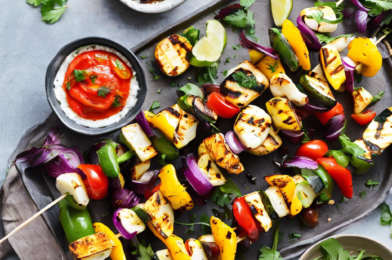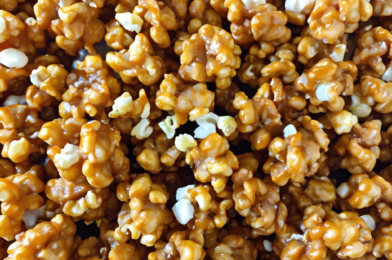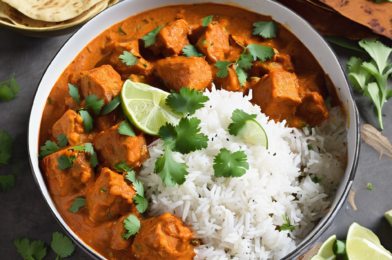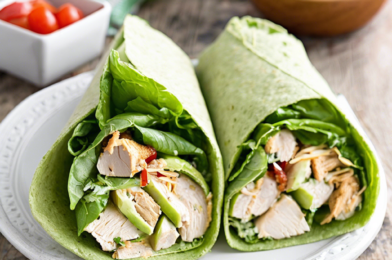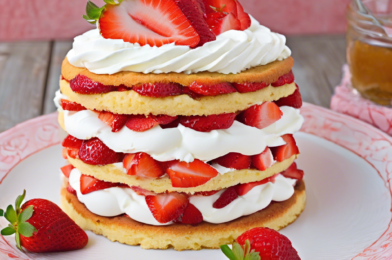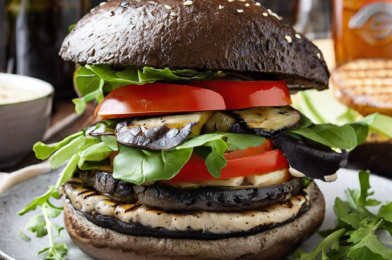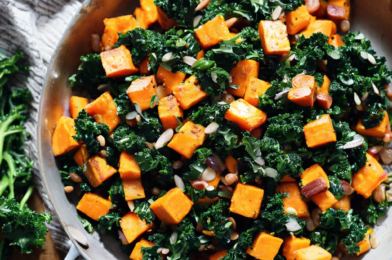The aroma of baked cod with lemon and herbs wafting through my kitchen was a delightful surprise for my family. As an
Chocolate-Dipped Coconut Macaroons
Chocolate-dipped coconut macaroons are a delightful treat that can bring joy to any gathering or personal indulgence. Recently, I decided to try
Lentil and Vegetable Shepherd’s Pie
Lentil and Vegetable Shepherd’s Pie is a dish that has woven itself into the fabric of comfort cooking, offering a hearty and
Vegetable and Cheese Quesadillas
In the bustling world of culinary delights, few dishes bring as much joy and satisfaction as a well-crafted quesadilla. My family recently
Grilled Halloumi and Veggie Kebabs
Grilled Halloumi and Veggie Kebabs have become a staple in our household, especially during the summer months when grilling becomes not just
Oatmeal Raisin Cookies
When it comes to homemade cookies, oatmeal raisin cookies often spark a delightful debate among cookie enthusiasts. In our household, these cookies
Caramel Popcorn Clusters
When it comes to delightfully crunchy and sweet snacks, caramel popcorn clusters are a beloved treat in many households. Their sticky-sweet aroma
Vegetable Tikka Masala
Vegetable Tikka Masala is more than just a dish; it’s a symphony of flavors, a celebration of spices, and a testament to
Chicken Caesar Wraps
Chicken Caesar Wraps have become a staple in our household, and they’re more than just a quick meal solution; they are a
Strawberry Shortcake
There’s something irresistibly charming about the classic dessert, Strawberry Shortcake. Its simplicity, combined with the freshness of ripe strawberries and the lightness
Grilled Portobello Mushroom Burgers
The first time I made Grilled Portobello Mushroom Burgers for my family, the reaction was overwhelmingly positive. Even my meat-loving relatives were
Sweet Potato and Kale Hash
There’s something truly delightful about the combination of sweet potatoes and kale in a dish. The natural sweetness of the sweet potatoes



